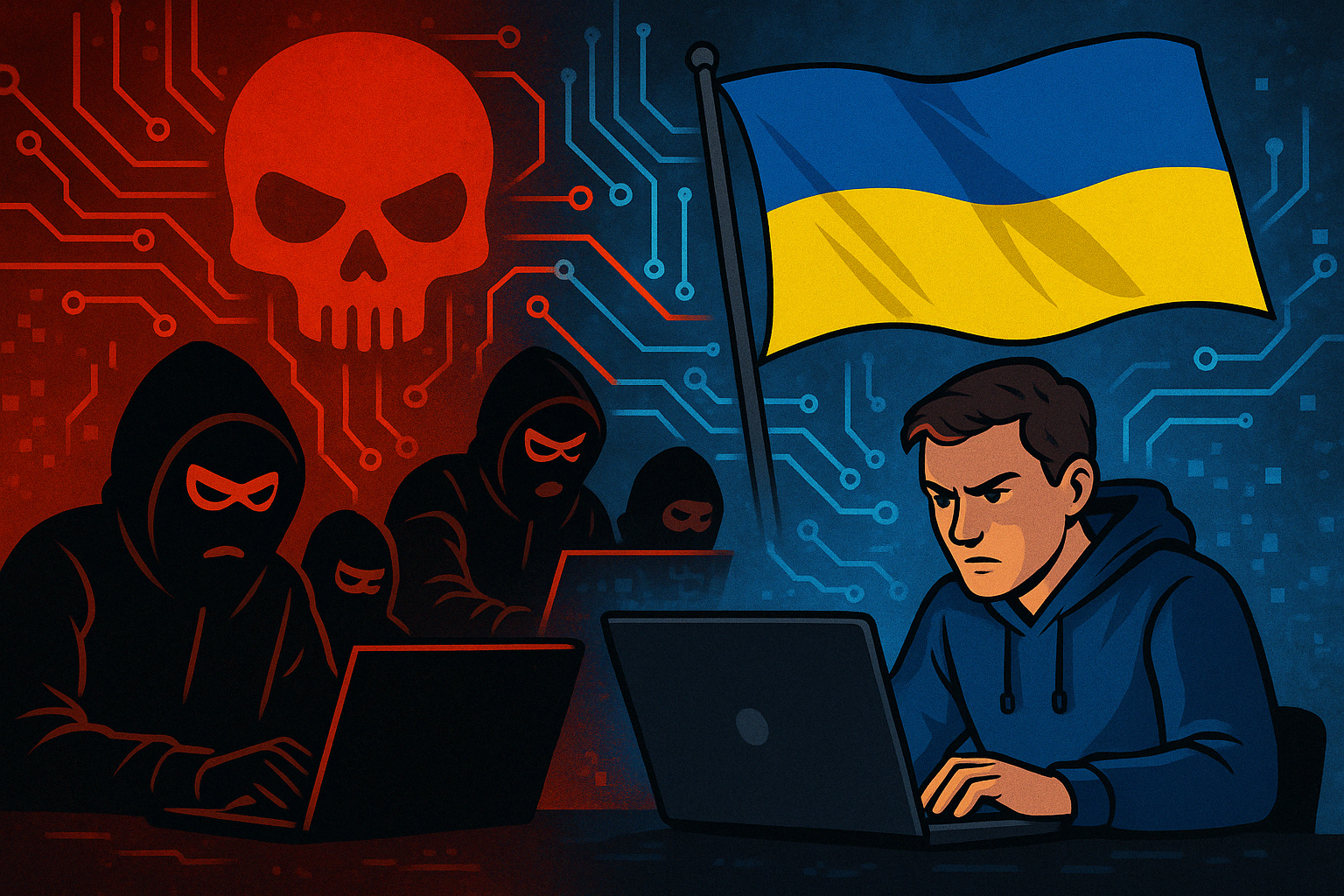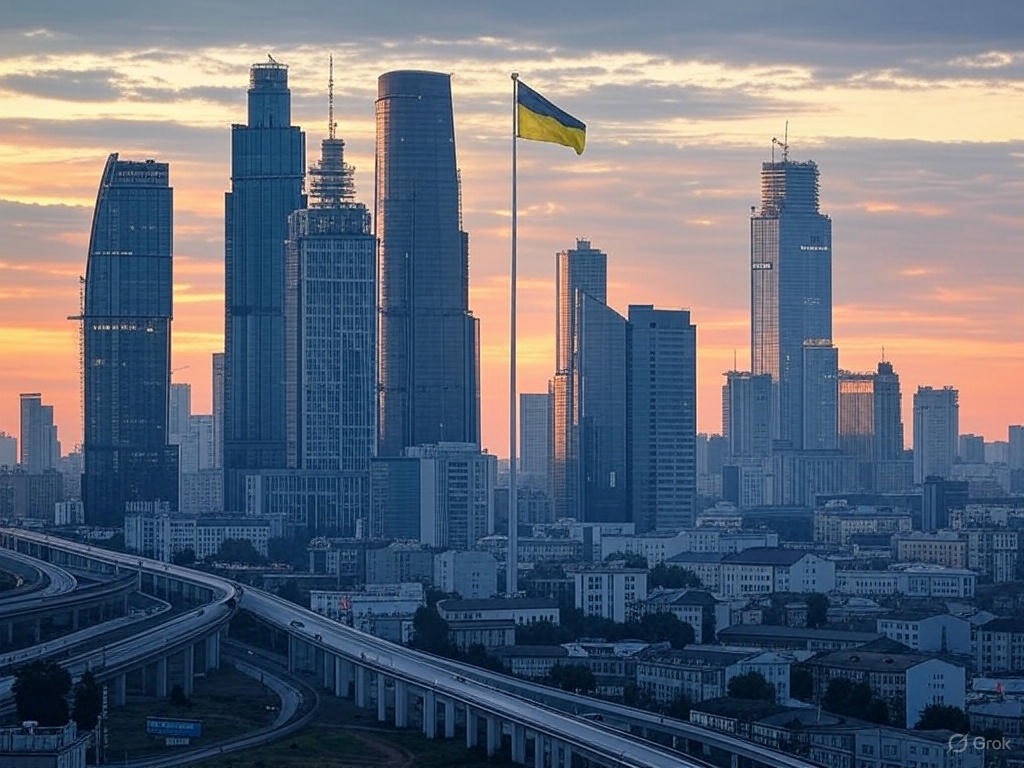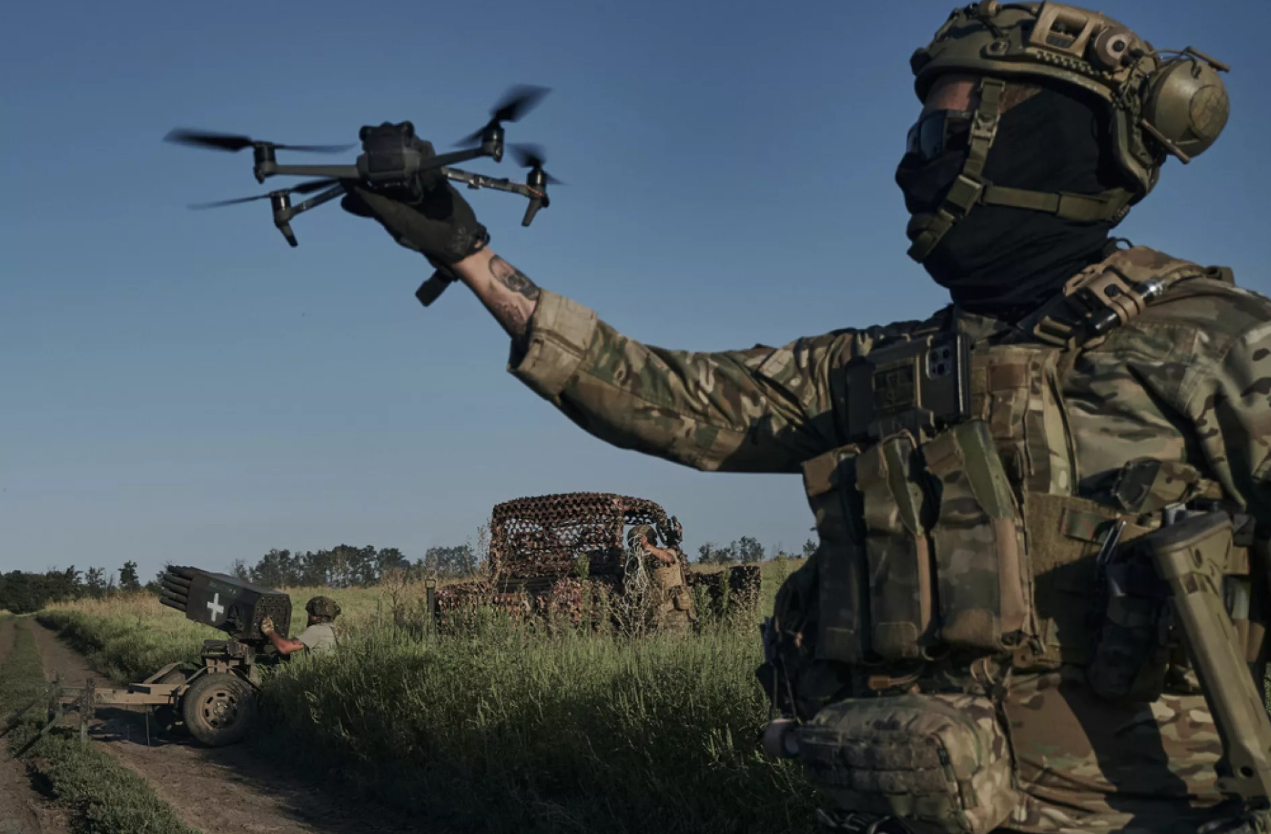When Russia launched its full-scale invasion of Ukraine in 2022, it wasn’t just a war fought with tanks and missiles. It was also a brutal, relentless assault in cyberspace, and Ukraine’s financial sector, the very lifeblood of its economy, found itself square in the crosshairs. This wasn’t just random hacking; it was a calculated digital siege.
The Onslaught: A Cyber Blitz Aimed at Chaos
From the get-go, and even in the tense days leading up to the invasion, Ukrainian banks, stock exchanges, and financial agencies were hammered. We’re talking thousands of attacks. Distributed denial-of-service (DDoS) barrages flooded bank websites like PrivatBank and Oschadbank, locking customers out of their accounts just when they needed access most. ATM networks flickered offline. And fake SMS messages blasted out warnings of bank failures – a nasty trick. designed to spark panic and bank runs.
These weren’t script kiddies; Western intelligence quickly pointed the finger at Russian state-backed actors, groups with names like “Sandworm” and “Fancy Bear,” often hiding behind hacktivist fronts like KillNet. Their toolkit was diverse: destructive “wiper” malware designed to erase data, ransomware demanding huge payouts (average ransoms skyrocketed to $1.6 million in 2023!), phishing schemes to steal credentials, and relentless data breaches. By the end of 2022 alone, over 250 million records from Ukrainian financial institutions were leaked. The goal was clear: destabilize Ukraine’s economy, cripple critical services, and wage psychological warfare against the population. The cyberattacks surged dramatically, nearly doubling year-over-year in some periods, even spilling over to hit financial targets in neighboring Eastern European countries like Lithuania and Poland as a warning for supporting Kyiv. The threat was real, intense, and unprecedented in modern European conflict.
Fighting Back: Innovation Under Fire – The Private Sector Steps Up
Faced with this digital onslaught, Ukraine didn’t just crumble. It fought back, hard. And while the government played a crucial role, mobilizing agencies like the SSSCIP and coordinating with international partners (like NATO’s cyber defense center and US Cyber Command’s “hunt forward” teams), the real story, the one that turned heads globally, was the astonishing resilience and innovation shown by Ukraine’s private sector.
Remember, much of Ukraine’s critical infrastructure, including banking IT, is privately owned. This became a strength. Here’s how they did it:
- Cloud Power: This was game-changing. Just before the invasion, Ukraine legally allowed critical data to move to the cloud. PrivatBank, the nation’s largest bank, pulled off an almost unbelievable feat: migrating its entire core banking system (serving 20 million people!) to Amazon Web Services (AWS) in just 45 days. This audacious move, supported by companies like AWS and Microsoft (who poured over $100 million into helping move Ukrainian data), put critical financial data safely outside the reach of Russian missiles and malware. This wasn’t just smart; it was arguably what saved Ukraine’s financial backbone, ensuring no single missile strike could decapitate hte system. Ukraine effectively became the “world’s first cloud-first war zone.”
- AI on the Frontlines: Defending against constantly evolving threats required next-gen tools. Ukrainian banks and tech firms rapidly deployed Artificial Intelligence (AI) and machine learning for threat detection. Companies like Darktrace and Vectra AI offered advanced tools, sometimes for free, helping defenders spot subtle signs of intrusion before major damage occurred. AI wasn’t just a buzzword; it was actively identifying novel Russian malware and flagging sophisticated phishing campaigns in real-time, giving defenders precious moments to react.
- People Power & Partnerships: Ukraine’s deep pool of IT talent mobilized. This wasn’t just government work; Ukraine’s own tech scene rose up. An ‘IT Army’ of volunteers, coordinated often via Telegram, jumped in to help defend networks, analyze malware, and even launch counter-hacks against Russian targets. Crucially, an unprecedented level of trust and collaboration emerged between the government, local tech companies, and international giants like Cisco, ESET, Google, and Cloudflare. These companies shared vital threat intelligence, provided free or discounted security services (like DDoS protection), and essentially formed a global digital shield around Ukraine. ESET, for instance, detected and helped neutralize dangerous malware aimed at Ukraine’s power grid before it could cause blackouts that would have crippled financial services too.
- Staying Connected: When bombs and cyberattacks threatened physical communication lines, Elon Musk’s SpaceX swooped in with Starlink satellite internet terminals. This wasn’t just for the military; Starlink provided vital backup connectivity for banks and ATMs, ensuring transactions could still happen even when traditional networks were down. It was another example of private innovation underpinning national resilience.
A Global Model Forged in Conflict
The results were remarkable. Despite the sheer volume of attacks, Ukraine’s core banking systems stayed operational. No catastrophic cyber-induced financial meltdown occurred. Think tanks like CSIS and RAND started analyzing Ukraine not just as a victim, but as a model for cyber resilience. They credited Ukraine’s preparation (years of dealing with Russian cyber aggression gave them a head start), its adaptability, and especially that powerful public-private partnership.
From a strategic, neoconservative viewpoint, analysts argue Ukraine became the West’s digital frontline. Helping Ukraine defend itself wasn’t just aid; it was a strategic investment in our collective security. Every Russian cyber campaign thwarted in Kyiv was one less potential threat to London, Berlin, or New York. Bolstering Ukraine’s cyber defenses is seen as essential to containing Russian aggression in the digital realm and protecting the wider democratic financial order. Ukraine, through its ordeal, demonstrated that resilience – the ability to absorb attacks and keep functioning -is perhaps more potent than deterrence in the messy world of cyber warfare.
Lessons for the World’s Banks
Financial risk consultants at firms like Deloitte, EY, and others are now pointing to Ukraine and telling their global banking clients: pay attention. The key takeaways are clear:
- Resilience is King: Treat robust cybersecurity and disaster recovery (like cloud backups, offline capabilities) not as an IT chore, but as a fundamental cost of doing business a board-level must. Have plans for the absolute worst-case scenarios.
- War-Game It: Run realistic simulations of major cyberattacks combined with physical disruptions. Test your decision-making under pressure.
- Build Bridges: Forge strong ties with government cyber agencies and industry sharing groups before a crisis hits. Collective defense works.
- Embrace Tech: Adopt modern security architectures like Zero Trust and use advanced tools (like AI-driven monitoring) to hunt for threats proactively.
- Watch the World: Geopolitical events are now direct triggers for cyber risk. Banks need to monitor global tensions and adjust their cyber posture accordingly.
The Bottom Line
Ukraine’s fight for survival in cyberspace from 2022 through early 2025 has been a stark lesson, but also an inspiring one. It proved that even under the most intense pressure, a combination of government resolve, private sector ingenuity, international support, and sheer human grit can build a formidable digital defense. Ukraine inadvertently became a live laboratory for cyber warfare resilience, hardening its systems with every attack it weathered.
The country’s experience underscores that cybersecurity is inseparable from national and economic security. For the West, continuing to invest in Ukraine’s cyber capabilities isn’t just about helping an ally; it’s about strengthening our own defenses in an increasingly dangerous digital world. Kyiv’s cyber front line is, in many ways, our own. Helping them win there is an investment in global financial stability and security.
Disclaimer: Important Legal and Regulatory Information
This report is for informational purposes only and should not be construed as financial, investment, legal, tax, or professional advice. The views expressed are purely analytical in nature and do not constitute financial guidance, investment recommendations, or a solicitation to buy, sell, or hold any financial instrument, including but not limited to commodities, securities, derivatives, or cryptocurrencies. No part of this publication should be relied upon for financial or investment decisions, and readers should consult a qualified financial advisor or regulated professional before making any decisions. Bretalon LTD is not authorized or regulated by the UK Financial Conduct Authority (FCA) or any other regulatory body and does not conduct activities requiring authorization under the Financial Services and Markets Act 2000 (FSMA), the FCA Handbook, or any equivalent legislation. We do not provide financial intermediation, investment services or portfolio management services. Any references to market conditions, asset performance, or financial trends are purely informational and nothing in this report should be interpreted as an offer, inducement, invitation, or recommendation to engage in any investment activity or transaction. Bretalon LTD and its affiliates accept no liability for any direct, indirect, incidental, consequential, or punitive damages arising from the use of, reliance on, or inability to use this report. No fiduciary duty, client-advisor relationship, or obligation is formed by accessing this publication, and the information herein is subject to change at any time without notice. External links and references included are for informational purposes only, and Bretalon LTD is not responsible for the content, accuracy, or availability of third-party sources. This report is the intellectual property of Bretalon LTD, and unauthorized reproduction, distribution, modification, resale, or commercial use is strictly prohibited. Limited personal, non-commercial use is permitted, but any unauthorized modifications or attributions are expressly forbidden. By accessing this report, you acknowledge and agree to these terms-if you do not accept them, you should disregard this publication in its entirety.



